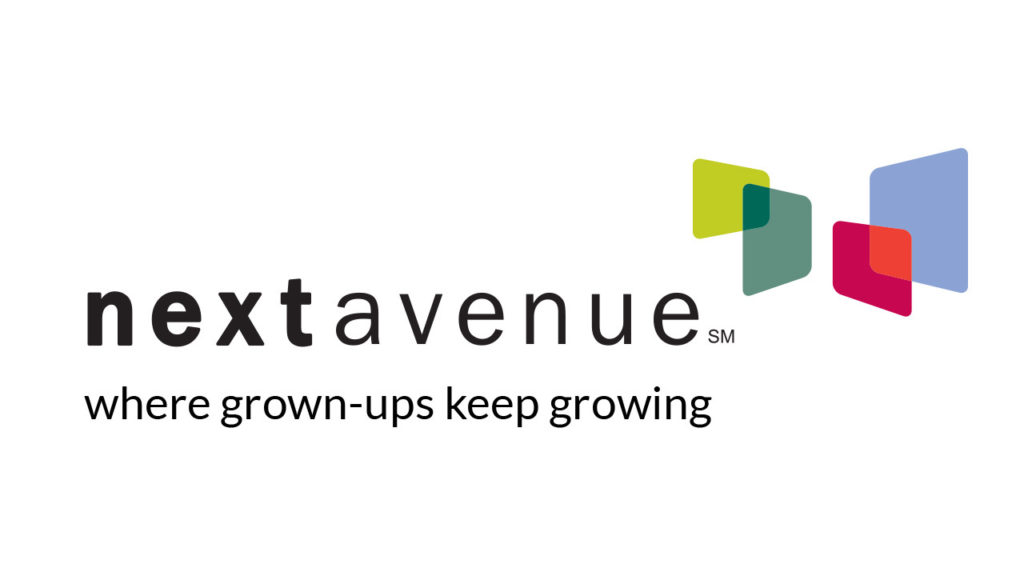The benefits of diversity and inclusion have been most widely examined in terms of race and gender, possibly because of the social justice implications of a lack of diversity in those areas. But workers over 40 also represent a major segment of the population facing workplace discrimination. It’s essential that employers remember the importance of age diversity, too.
Although workers over 40 are a protected class under the Age Discrimination in Employment Act, two-thirds of people between the ages of 45 and 74 report discrimination based on age, according to a 2017 AARP study.
What Workforces Lose Without Older Workers
First, they bring intellectual and social capital to their employers and colleagues.
Second, when we mix the different strengths and perspectives of younger and older workers, we gain the benefits of diversity of thought. That has been proven to result in better decision making, problem-solving, and innovation.
Yet some employers cling to the stereotype that older workers are not up to speed on the latest workplace trends and technology. And, according to research by the professional service network Deloitte, a majority of companies see older workers as a competitive disadvantage.
While it’s true that fluid intelligence (working memory and abstract reasoning) decreases as we age, we also know that simple interventions can mitigate that decline. At the same time, we also know that crystallized intelligence (experiential knowledge and job-relevant expertise) increases as we age, creating a net positive effect of age on workplace performance.
The knowledge and experience that older workers gain over time also lets them see important patterns based on their past experiences. Older workers also bring with them a great deal of social capital through the connections they’ve built over time.
The Winning Nature of Age-Diverse Teams
Given their different perspectives, a mix of workers interacting on projects delivers the greatest performance. If we hope to solve the world’s most pressing issues and make employers the best they can be, we are going to need a variety of viewpoints and approaches.
There are also unique motivational benefits of mixing older and younger workers.
While the older workers gain emotional energy by having the opportunity to share their views with and teach the next generations, younger workers report greater engagement as a result of learning from their older colleagues.
In fact, a 2020 study in the Journal of Applied Psychology showed that being a part of a mixed-aged workplace group increased motivation for both older and younger colleagues and increased their intent to stay with the organization.
There are three things companies can do to support an age-diverse workforce:
First, create age-diverse opportunities for employees to interact. This could be through diverse teams, reciprocal mentoring relationships (where younger workers mentor older ones and vice versa), or cross-functional task forces aimed at solving an organizational issue.
Second, consider whether your HR practices are supportive of older workers, so they won’t want to leave. Invest in a culture that values employees in their 50s, 60s, and beyond.
Most importantly, ensure that older workers receive similar levels of employee development as younger ones. We don’t stop learning and growing as we age, yet organizations tend to offer fewer training and development opportunities for older workers. Ask, rather than assume, about the career goals and trajectory of all of your workforce
Third, work to keep employees from retiring by offering flexible work schedules and communicating your commitment to retaining older workers. Research shows that older workers with job flexibility enjoy their work more.
With COVID-19, we are at greater risk of older workers exiting the workforce for health reasons, because of pressure to retire or because of layoffs. If they leave, consider all they’ll take with them in terms of experience, knowledge and social connections.











Leave A Comment